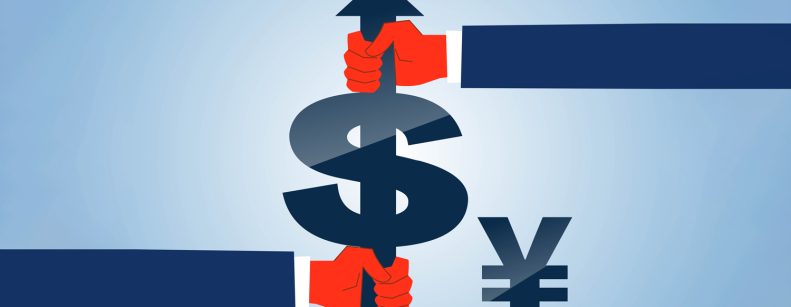
Jackson Hole is a location in the United States where, for almost 45 years, a meeting has been held with the participation of the most important Central Banks in the world, including the Fed and the ECB. the most important Central Banks in the world, among others the Fed and the ECB.
Historically, the Jackson Hole event has been a time when we see the Fed, and central banks in general, give encouraging signals to the market. How can we forget when in 2012, in the midst of the European financial crisis, the Fed Chairman at the time, Ben Bernanke, proclaimed QE3.
In a scenario where it was thought that they were going to withdraw stimulus, he declared its continuation with relevant strength to reassure the market. Then we saw the President of the ECB (European Central Bank), Mr. Mario Draghi, do the same when in 2014 he announced for the first time in history the implementation of monetary easing, departing from the classic ECB convention of support via rate adjustments, but always with a focus on inflation, which meant that the rest of the macro variables were relegated to third category.
For this year, there was again a lot of expectation as to whether Fed Chairman Jerome Powell would follow the path of his predecessors, especially after last year's 10-minute appearance where he was far from being a market cheerleader. At yesterday's meeting he continued in the same vein as last year, noting that the Fed's rate moves remain more upside than downside risks, and that he was ready to keep raising rates if necessary, while being emphatic about the reliance on month-to-month data.
In addition, he said that, if the labor market does not calm down, monetary policy should remain tight, noting that inflation below 2% necessitates below-average trend growth. These comments moved the odds of rate hikes in prices, with a September meeting incorporating a 20% chance of a rate hike by that date, and a 65% chance of a rate hike by the November meeting. On the other hand, rate cut probabilities are only beginning to be seen in the second half of 2024.
Since the end of July we have seen the S&P500 retreat from the 4600 level to the 4400 level, in large part due to a Fed that has tightened its hawkish tone, with Mester and Bullard taking further rate hikes for granted, being very emphatic in showing how core inflation remains elevated and with macro variables showing the U.S. stronger than economists were projecting, which has been widely incorporated into prices.
From this point onwards, we expect more positive surprises than negative ones, especially with how the rest of the world is looking in terms of growth, with PMI readings in Europe returning it to the contractionary zone, with Germany and France leading these declines, when they should be the engine of European growth.. China is also adding to this, with problems in the financial and real estate sector, which has continued to make noise due to the size of these potential crises that are being seen, which would definitely affect world growth.
Towards the end of the year we continue with a positive tone in markets based on the ECB being close to the end of its contractionary cycle, with macroeconomic figures that have continued to cool, which should translate into lower prices soon. On the Chinese side, the government continues to stimulate the economy, which with a deflationary environment gives it room to continue lowering rates, making significant fiscal stimulus if necessary. On the Fed's side On the Fed's side, we already have a very contractionary scenario incorporated in prices, where if there are additional hikes, we are already at the end of the monetary tightening cycle, with a market that continues to be positioned in a very defensive manner within the equity and debt portfolios, in addition to seeing levels of the money market in a very tight environment.In addition to seeing money market levels, those that when the normalization of rates begins, and even before, will enter spread and equity funds to see new historical highs again.